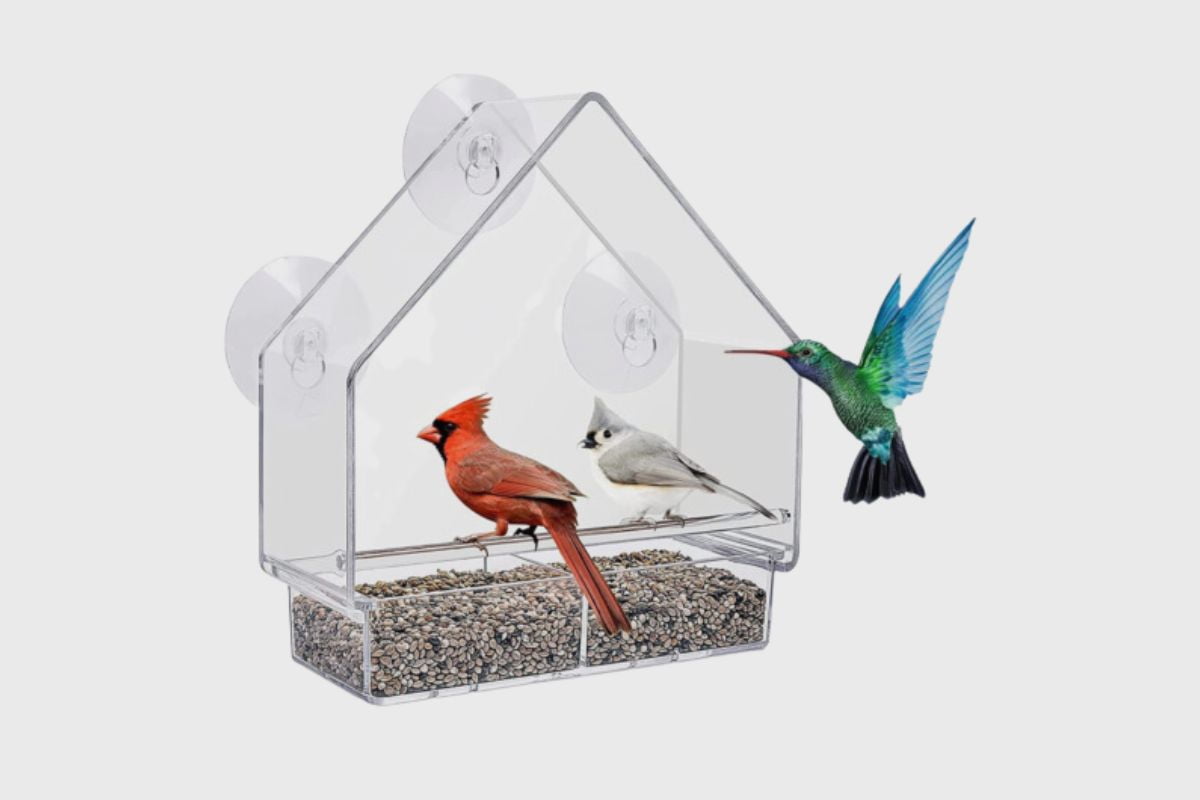Congratulations on taking the first step towards becoming a window bird feeder lover! By now, you’re likely aware of the numerous benefits that these feeders can bring to your life. From connecting with nature to supporting local bird populations and improving your mental health, window bird feeders offer a wealth of rewards.
However, to make the most of your birdwatching experience, it’s essential to choose the right location for your feeder. In this post, we will guide you through the process of selecting the perfect spot for your window bird feeder. We’ll cover essential factors to consider, such as safety, visibility, and accessibility, and provide tips on how to attract a diverse range of bird species. So, let’s dive in and explore the art of placement!
- Safety First: Protecting Birds from Window Collisions
- Visibility: Ensuring a Clear View for Both You and the Birds
- Accessibility: Making it Easy for Birds to Find and Use the Feeder
- Shelter and Protection: Shielding Birds from the Elements and Predators
- Attracting a Variety of Birds: Tailoring Your Feeder Location to Specific Species
- Seasonal Considerations: Adapting Your Feeder Location to Changing Conditions
- Experimentation and Adaptation: Fine-Tuning Your Feeder Location Over Time
- Conclusion
Related post to read: Best Window-Mounted Bird Feeders.
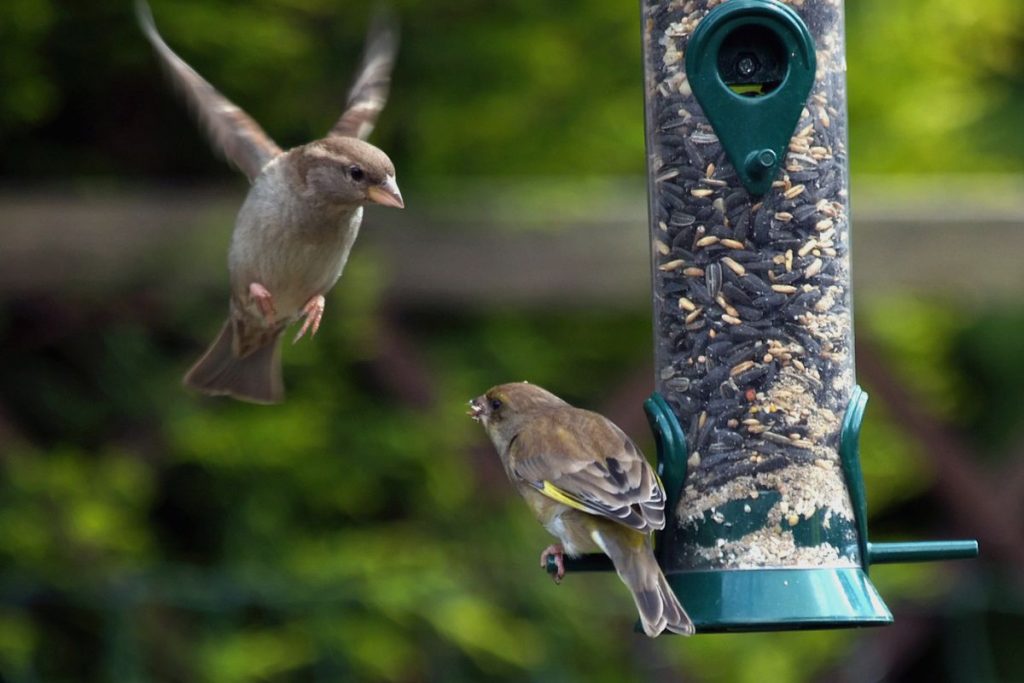
Safety First: Protecting Birds from Window Collisions
One of the primary concerns when selecting a location for your window bird feeder is minimizing the risk of bird collisions. Birds may not perceive glass as a solid barrier and can easily fly into windows, often with fatal consequences. To reduce the likelihood of such incidents, consider the following:
- Place the feeder within 3 feet (1 meter) of the window or directly on the glass. This proximity helps prevent birds from gaining enough speed to cause injury if they do collide with the window.
- Install decals, films, or other visual markers on the window to alert birds to the presence of glass.
- Choose a window with minimal reflections or glare, as these can confuse birds and increase the risk of collisions.
Visibility: Ensuring a Clear View for Both You and the Birds
To fully enjoy your birdwatching experience, it’s essential to choose a location that offers a clear, unobstructed view of the feeder. Additionally, consider the following factors to ensure optimal visibility for both you and your feathered visitors:
Select a window with minimal obstructions, such as trees, bushes, or other architectural features that could block your view.
Avoid placing the feeder in front of windows with heavy curtains, blinds, or other window treatments that could obstruct the birds’ view of the feeder or create a sense of unease.
Consider your viewing preferences: Do you want to observe birds from your living room, kitchen, or home office? Choose a location that aligns with your preferred birdwatching spot.
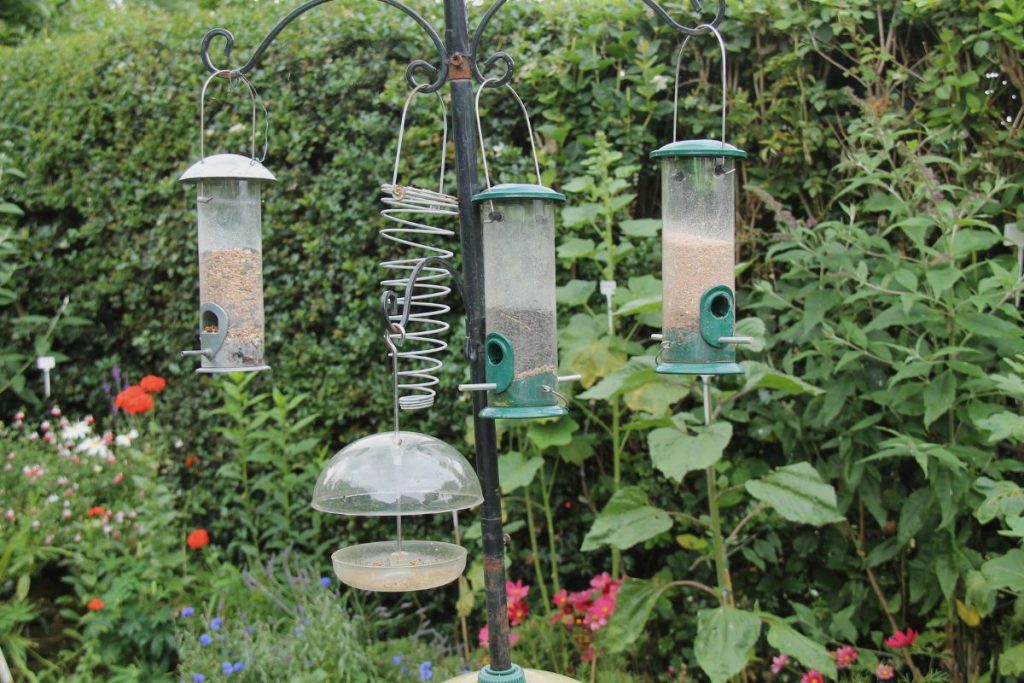
Accessibility: Making it Easy for Birds to Find and Use the Feeder
To attract a diverse range of bird species, your feeder should be easily accessible and visible to birds in the surrounding area. Consider the following tips to ensure that your feeder is both easy to find and use:
- Place the feeder near trees, shrubs, or other natural perches that birds can use to survey the area and access the feeder.
- Avoid positioning the feeder in an area with high foot traffic or frequent human activity, as this can deter more timid bird species.
- Ensure that the feeder is mounted securely to the window, minimizing movement or instability that could discourage birds from using it.
Shelter and Protection: Shielding Birds from the Elements and Predators
A well-placed window bird feeder should offer birds some protection from the elements and potential predators. To provide a safe and welcoming environment for your feathered visitors, keep these factors in mind:
- Position the feeder near natural covers, such as trees or bushes, to provide shelter from wind, rain, and sun.
- Avoid placing the feeder in locations that are easily accessible to predators, such as squirrels, cats, or other animals that could pose a threat to your bird visitors.
- If possible, choose a window that is not directly exposed to harsh weather conditions, such as strong winds or heavy rain, to minimize the impact of the elements on the birds and the feeder itself.
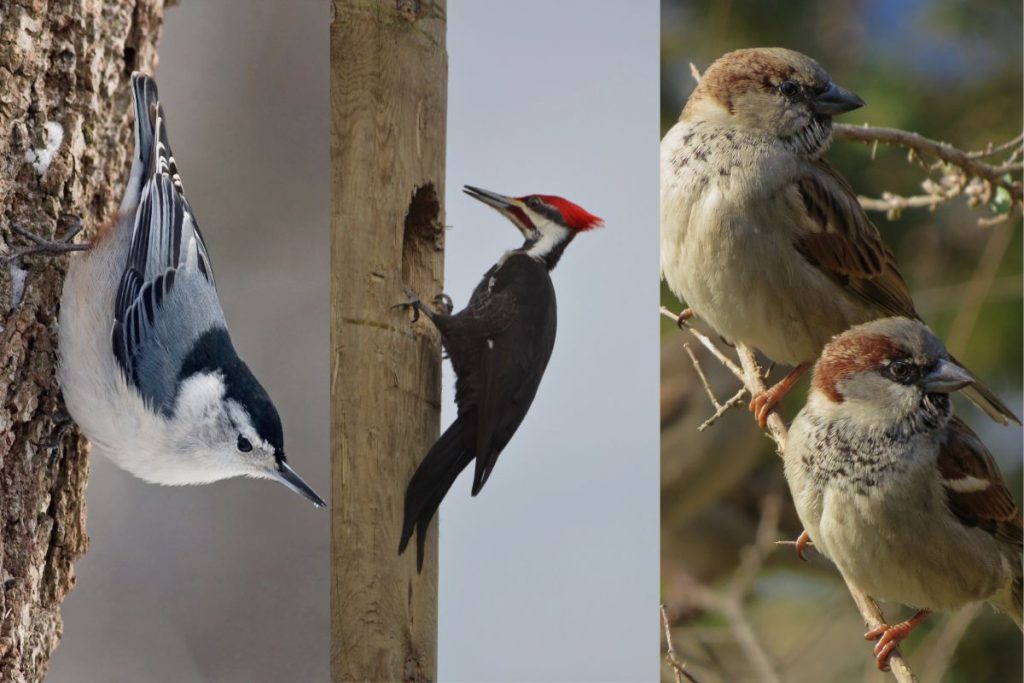
Attracting a Variety of Birds: Tailoring Your Feeder Location to Specific Species
If you’re hoping to attract a diverse range of bird species to your window bird feeder, it’s essential to consider the specific habitat preferences and feeding behaviours of your target species. Here are some general guidelines to help you select a location that appeals to a variety of birds:
- Woodpeckers, nuthatches, and chickadees prefer wooded areas, so placing the feeder near trees or wooded edges can attract these species.
- Finches, sparrows, and other seed-eating birds are more likely to visit feeders in open areas with good visibility.
- Hummingbirds are attracted to brightly coloured flowers, so placing your feeder near a window with a view of your garden or flower beds can help draw them in.
- Some birds, such as bluebirds and swallows, prefer to feed on insects and may be less likely to visit a window bird feeder. However, you can still attract these species by providing nest boxes or other habitat features in your yard.
Seasonal Considerations: Adapting Your Feeder Location to Changing Conditions
As the seasons change, so do the needs and preferences of birds. To maximize the number of birds visiting your window bird feeder throughout the year, consider the following seasonal factors:
- During the colder months, birds may be more likely to visit feeders in sheltered locations, as these spots provide protection from the elements.
- In spring and summer, birds are busy nesting and raising their young, so placing the feeder near suitable nesting sites, such as trees or shrubs, can increase the likelihood of visits from breeding birds.
- Migratory birds may visit your feeder during their journeys, so be prepared to adjust your feeder location or the types of food offered to accommodate the changing bird populations throughout the year.
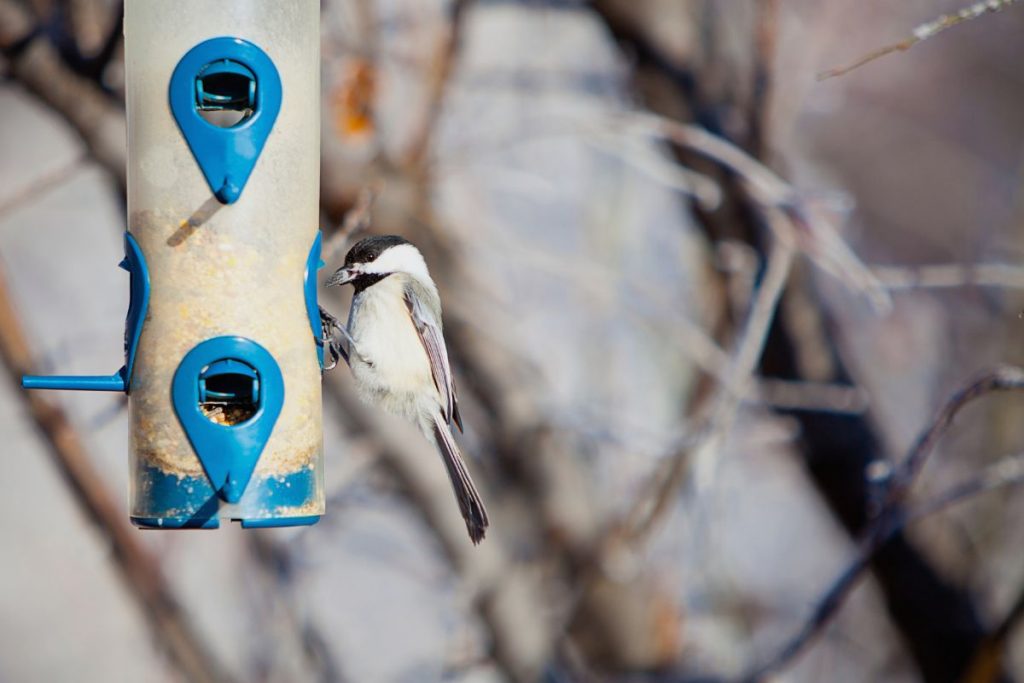
Experimentation and Adaptation: Fine-Tuning Your Feeder Location Over Time
Finding the perfect location for your window bird feeder may require some experimentation and adaptation. Don’t be discouraged if you don’t see immediate results – it may take time for birds to discover and become comfortable with your feeder. Consider the following tips for fine-tuning your feeder placement:
- Be patient and give birds time to find and acclimate to your feeder. It may take several days or even weeks for birds to become regular visitors.
- If you’re not seeing the variety of birds you had hoped for, try adjusting the location of the feeder, taking into account the tips provided in this guide.
- Monitor the success of your feeder location by keeping a log of the bird species and numbers that visit. This information can help you make informed decisions about future feeder placements and adjustments.
Conclusion
Choosing the right location for your window bird feeder is an essential aspect of maximizing your birdwatching experience and attracting a diverse range of bird species. By considering factors such as safety, visibility, accessibility, shelter, and the preferences of your target bird species, you can create a welcoming and attractive environment for your feathered visitors.
Remember, experimentation and adaptation are key when it comes to selecting the perfect feeder location. Don’t be afraid to make adjustments and try new locations until you find the ideal spot that brings you the most joy and satisfaction from your birdwatching adventures.
Happy birdwatching!
References:
About Bird Feeders (Wikipedia).
